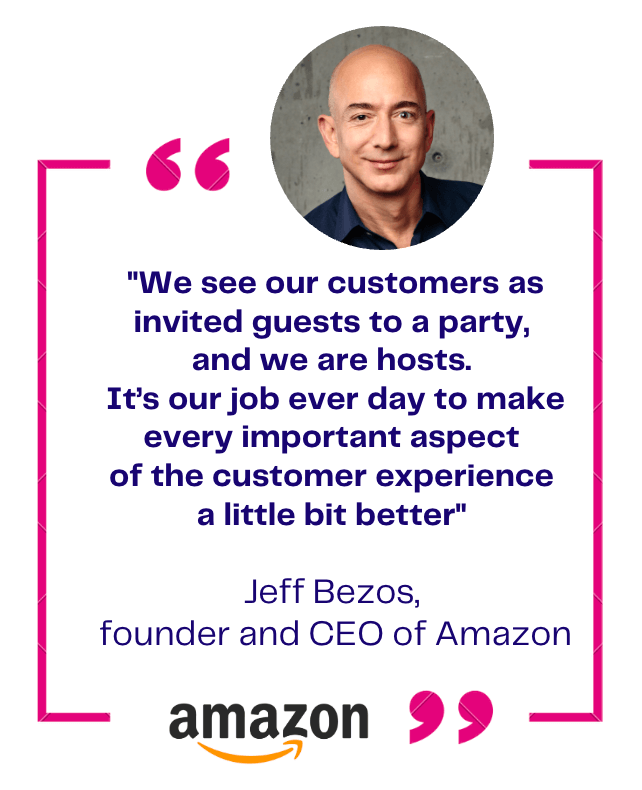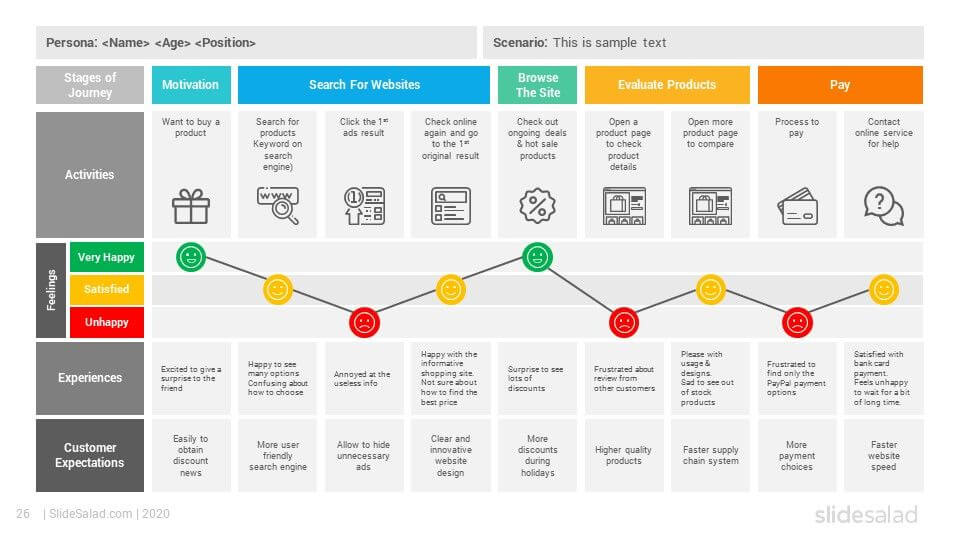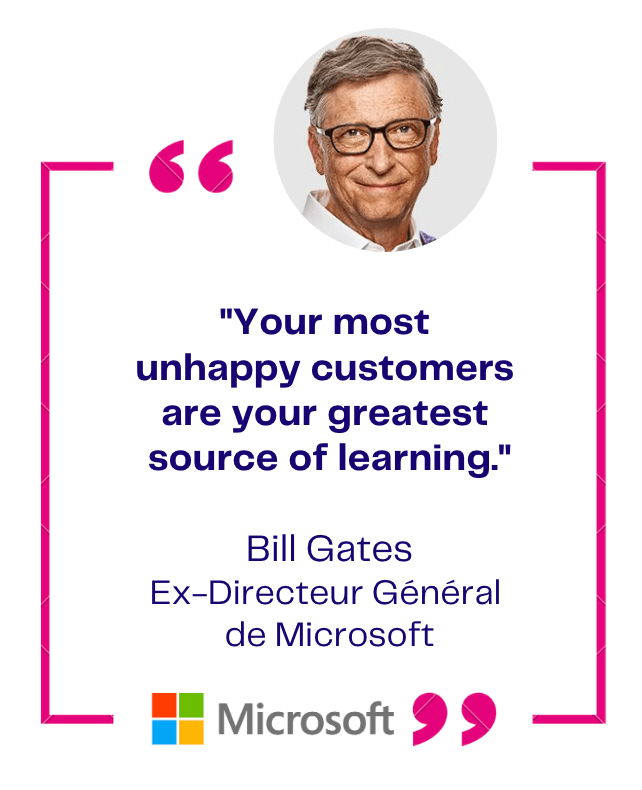Customer journey… a term that we encounter more and more in digital marketing and which can take on an abstract connotation. It describes the journey, or rather the route chosen by a person to find a product or service. This journey is as individual and unique as human beings: some will need detailed information, while others will be more receptive to visuals or videos.
With the rise of e-commerce and the digitalization of services and companies, the customer journey has now become an essential component of a marketing strategy in its own right. According to the Euromonitor Institute, spending related to the experience economy is expected to reach 8,200 billion dollars by 2028!
Eminence explains the interests and challenges of the customer journey, before presenting the five key stages of the customer journey, to transpose it into an e-commerce site logic.
The Customer Journey, an essential parameter of your digital strategy
How to devine the Customer Journey?
The Customer Journey or customer experience refers to the journey made by a customer during the process of purchasing a service or a good. It begins with the search for information until the transaction, but can continue beyond through the use of after-sales services and its loyalty.
The birth of the concept of customer journey
The concept of experience economy was evoked by Joe Pine and Jim Gilmore, authors of the article “Welcome to the experience economy”, published in the Harvard Business Review in 1998. It refers to the creation of value through the adding emotions and feelings to the buying process, to make it unique and enjoyable.
But long before being democratized under this term, the notion of customer experience had existed for many years in different forms: loyalty cards, customer service, partnership and co-branding, in-store journey, etc.

The rise of the customer experience: a financial challenge
In an ultra-competitive universe, a company generally has few options:
- cut prices and increase volume to be profitable,
- position yourself in a niche or in a blue ocean and aim for the top of the range,
- diversify its sales channels to maximize its potential customers,
- create value by offering additional services or a unique experience to increase its prices: perceived value.
This last strategy has many advantages:
- Improved visibility, image (e-reputation) and brand awareness.
- Better relationships with customers.
- More loyalty and retention.
- Increase in organic traffic.
- Revenue growth through customer focus.
Faced with these challenges, in recent years, dedicated services have been appearing in large companies to make the customer journey a real competitive advantage.
Focusing on the customer: a reassurance factor
While we are faced with 1,200 advertising messages every day, 6 times more than in the 1980s, being present is no longer enough. You have to be seen and inspire confidence. (Source: pqmedia study)
It is becoming more and more difficult to transform our visitors into customers, in search of more humanity and trust from brands. They want a company that listens to them, while solving their problems. Before deciding to buy a product, the customer does intensive research on the products, but also on the social proofs concerning the companies (ratings and opinions). We talk about messy middle (we will discuss this theme soon).
This is why brands focus their efforts on producing high-quality, relevant and creative content to stand out and reassure consumers. The customer journey must take these parameters into account in its creative thinking.
The 5 phases of the customer journey
The customer journey has five different phases grouped as follows:

Awareness phase – Make your products or services known!
In the first phase of the Customer Journey, your customer develops an interest in a good. He begins to collect information using different sources. During this phase, you should focus on your customer’s problems and needs and not focus on your solutions and products.
For the awareness phase, the following materials could be useful to your client:
- Creative videos
- Informative white papers
- Relevant reviews and assessments
- Interesting studies
- Meaningful graphics
Consideration Phase – Interest in your product is heightened
Once your potential customer has had the first impression and received information, they normally don’t buy immediately. It will compare, examine and verify – and this is where the second phase, the consideration phase, begins.
During this phase, you must accompany your client in his choice and provide him with all the useful information he needs. At this stage, marketing automation can be very useful because it helps to provide the customer with the right content at the right time.
C) Decision phase – The customer buys the product
Finally, the moment has come when the customer decides to buy your product. Important factors for the customer in this phase are the support and of course also the price. As soon as the potential customer has become an active customer and has purchased your product, the journey is not over, but on the contrary, another door opens.
D) Serving phase
The service phase is the stage where the customer uses the product and, if necessary, receives other services. During this phase, the customer will be satisfied with his purchase or not. If so, he will make another purchase and may also recommend you, but in the event of a negative assessment, he will not hesitate to let it be known by giving his opinion and commenting on his bad experience on the web and networks. You must therefore anticipate, thank him for his purchase and show that you are listening to him by offering solutions.
Loyalty phase
In the loyalty phase, your customer is satisfied with his purchase and uses your product or services. It also recommends your product or your company, either directly in its environment, or on digital platforms such as Facebook, Instagram or on your website. Therefore, your customer’s recommendations will guide other potential customers through their customer journey. Do not hesitate to thank him, offer him to join the VIP customers or become an ambassador.

The customer journey in e-commerce
The golden rule according to Steve Jobs is to design a buying journey corresponding to its targets and its personas, and not according to its technology. The reflection is therefore carried out downstream (potential customers) upstream (the company and its products).
Create your personas: the portrait of your target customers
Personas are the representation of your typical potential customer: their age and profession, their history and hobbies, their aspirations and frustrations, the networks or tools they use. The goal? Make your “targets” human, in order to better understand their behavior, their expectations and provide a solution to their needs.
How to create your buyer persona?
We recommend that you create 3 to 5 personas to start, then multiply them if necessary, once you have managed to clearly identify their background and its components.
Create a user journey map: the Customer Journey Map
The customer journey map aims to imagine and visualize the journey of your customer on your website or mobile application. The following information must be mentioned therein:
- the persona corresponding to the card produced,
- the description and objectives of the different phases: the scenario,
- the information and purchasing process phases: changes on the site,
- points of contact with your company: interactions,
- the emotions felt and any points of frustration (pain points),
- possible questions and expectations to anticipate and meet.

How to create a Customer Journey Map?
Note that each customer journey map must be reviewed and optimized regularly, since the market and technologies are changing rapidly.
The importance of the contact points to be identified
Touchpoints are the steps where the buyer persona comes into contact with the company and triggers an action. Here are some examples of touchpoints along the customer journey:
- Social networks (Facebook, Instagram, LinkedIn, etc.)
- Website
- app
- Events and exhibitions
- Television or radio advertising
- Flyers (written press)
The moment of truth: the decisive point of the course
The moment of truth is a crucial point in the journey where the customer will decide whether to continue their experience with our company, such as contacting us or making a purchase, or whether to abandon their interactions and end their navigation.
These decisive moments must imperatively be measured and evaluated, for example using Google Analytics, in order to know at which stage of the journey the customer has left. This in order to be able to detect any problems (technical, logistical, etc.) and provide a solution or propose an appropriate marketing follow-up, as with marketing automation.

Conclusion
Creating a beautiful e-commerce site is no longer enough today. Customers, who are highly solicited, need to be confident with a brand and to evolve in their purchasing process with a process and information that correspond to them.
We therefore encourage you to clearly identify your personas to offer them an adapted and personalized experience. The key to achieving this? Ask your users, understand their decision-making process, test your site at the UX/UI level, analyze the user journey and above all, put yourself in your customer’s shoes.
Eminence can support you in this process, by building a well-thought-out customer journey that will start with an in-depth audit and the definition of your Buyer Personas. These crucial steps will help you grow your business while strengthening your online reputation.

